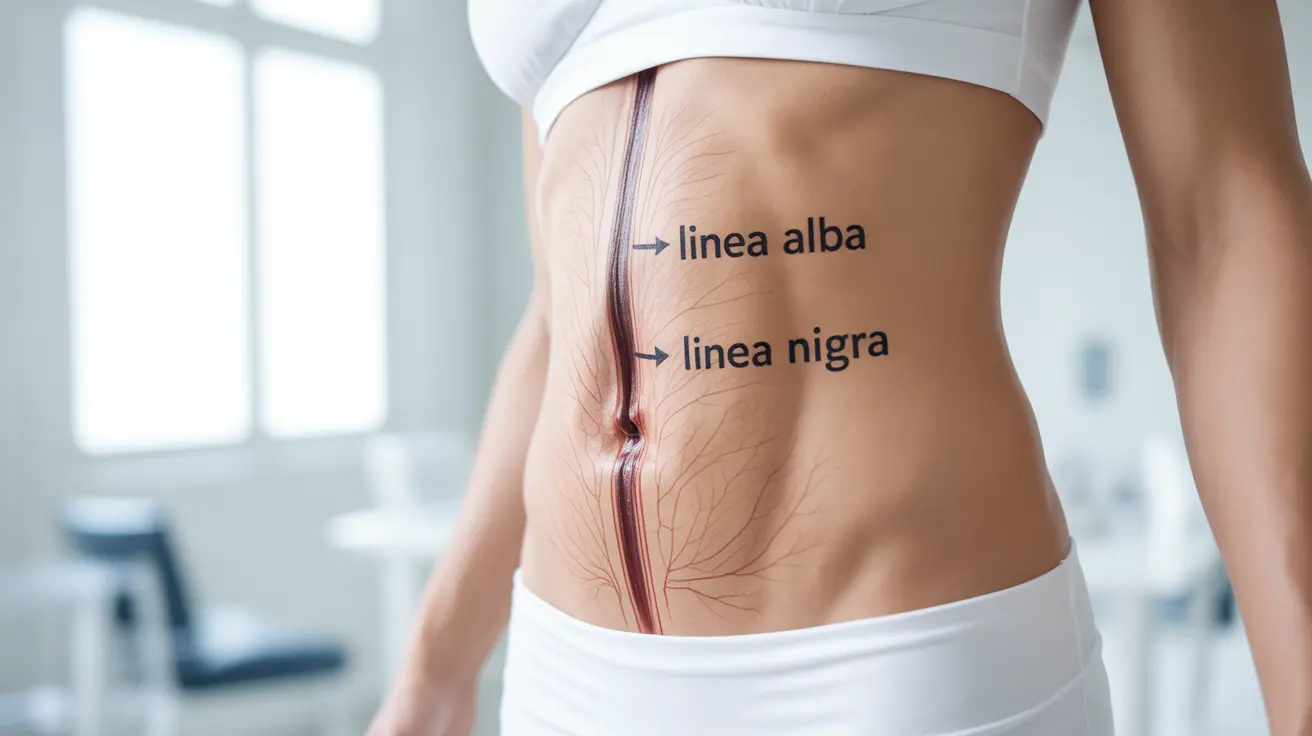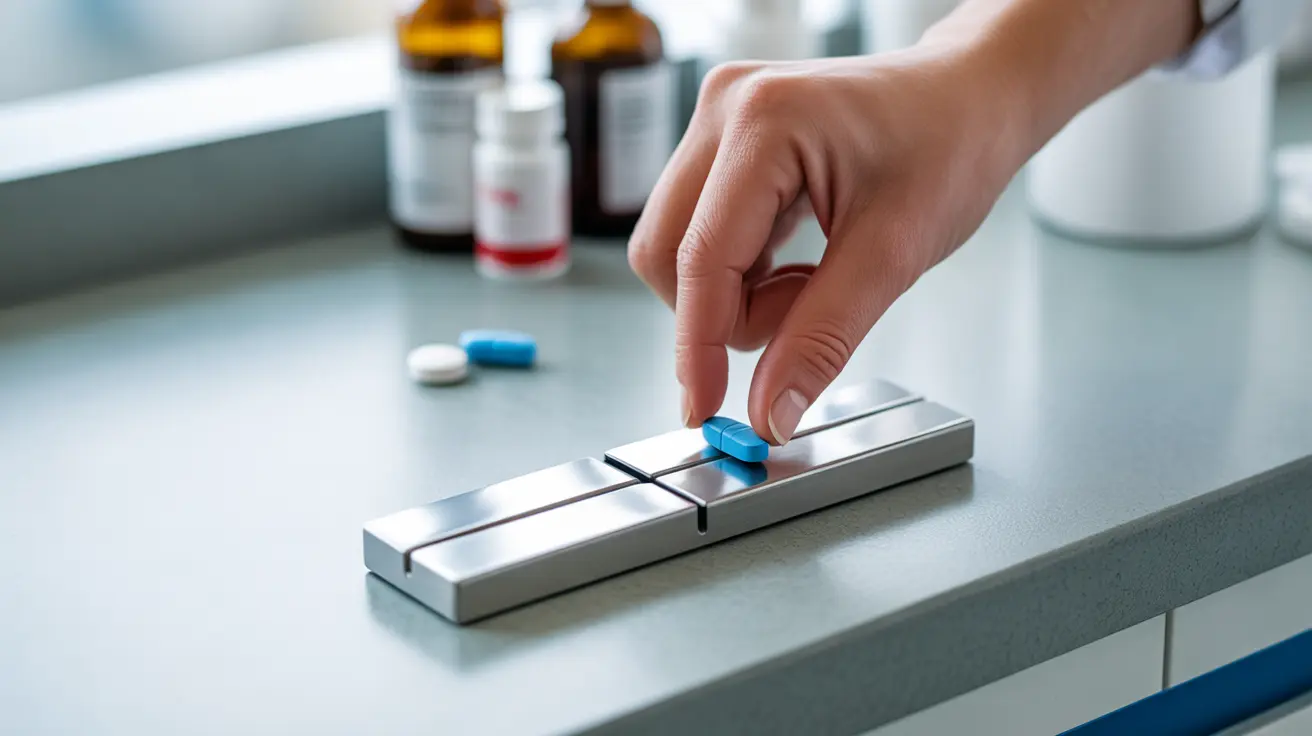Water on the knee, medically known as knee effusion, occurs when excess fluid accumulates around the knee joint. This common condition can significantly impact mobility and daily activities, causing discomfort and limiting knee function. Understanding its causes, symptoms, and treatment options is crucial for proper management and prevention.
Whether resulting from injury, overuse, or underlying medical conditions, water on the knee requires proper attention and care. This comprehensive guide will explore everything you need to know about managing this condition effectively.
Understanding the Condition
Water on the knee is characterized by swelling around the knee joint due to excess synovial fluid accumulation. This fluid serves as a natural lubricant for the joint but can become excessive due to various factors, leading to uncomfortable symptoms and reduced mobility.
Common Causes and Risk Factors
Several factors can contribute to the development of water on the knee:
- Trauma or injury to the knee
- Osteoarthritis or rheumatoid arthritis
- Overuse during sports activities
- Obesity or excess weight
- Infection in the joint
- Gout or pseudogout
- Autoimmune conditions
Recognizing the Symptoms
The primary indicators of water on the knee include:
- Swelling around the knee joint
- Stiffness or difficulty bending the knee
- Pain or tenderness when moving
- Decreased range of motion
- A feeling of tightness in the knee area
- Difficulty bearing weight on the affected leg
Diagnosis and Medical Assessment
Healthcare providers typically diagnose water on the knee through:
- Physical examination
- Medical history review
- Imaging tests (X-rays, MRI)
- Joint fluid analysis when necessary
- Assessment of underlying conditions
Treatment Approaches
Conservative Management
Initial treatment often focuses on conservative measures:
- RICE method (Rest, Ice, Compression, Elevation)
- Over-the-counter anti-inflammatory medications
- Activity modification
- Gentle exercises and stretches
- Supportive devices when needed
Medical Interventions
More severe cases may require:
- Prescription medications
- Joint aspiration (fluid removal)
- Corticosteroid injections
- Physical therapy
- Treatment of underlying conditions
Prevention Strategies
Several measures can help prevent water on the knee:
- Maintaining a healthy weight
- Using proper exercise techniques
- Wearing appropriate footwear
- Regular low-impact exercise
- Strengthening knee-supporting muscles
- Avoiding overexertion
Frequently Asked Questions
What are the typical symptoms of water on the knee, and how do they affect daily activities? The main symptoms include swelling, stiffness, pain, and reduced range of motion in the knee. These symptoms can make walking, climbing stairs, and other daily activities challenging and uncomfortable.
How is water on the knee usually treated, and what are the common methods for managing symptoms? Treatment typically involves the RICE method, anti-inflammatory medications, and activity modification. More severe cases may require medical interventions like joint aspiration or corticosteroid injections.
Can water on the knee be caused by activities like running or cycling, or is it mainly due to injuries? Both overuse activities and injuries can cause water on the knee. While acute injuries are common causes, repetitive stress from activities like running or cycling can also lead to fluid accumulation, especially with improper form or overtraining.
What are some effective ways to prevent water on the knee, especially for people with a history of knee problems? Prevention strategies include maintaining a healthy weight, using proper exercise form, wearing supportive footwear, and avoiding overexertion. Regular low-impact exercise and strength training can also help prevent recurrence.
What are the differences between water on the knee and other conditions like bursitis or tendonitis, and how are they diagnosed? While all these conditions can cause knee pain and swelling, water on the knee specifically involves fluid accumulation within the joint cavity. Bursitis affects the fluid-filled sacs outside the joint, and tendonitis involves tendon inflammation. Proper diagnosis typically requires a medical examination and possibly imaging tests to differentiate between these conditions.




